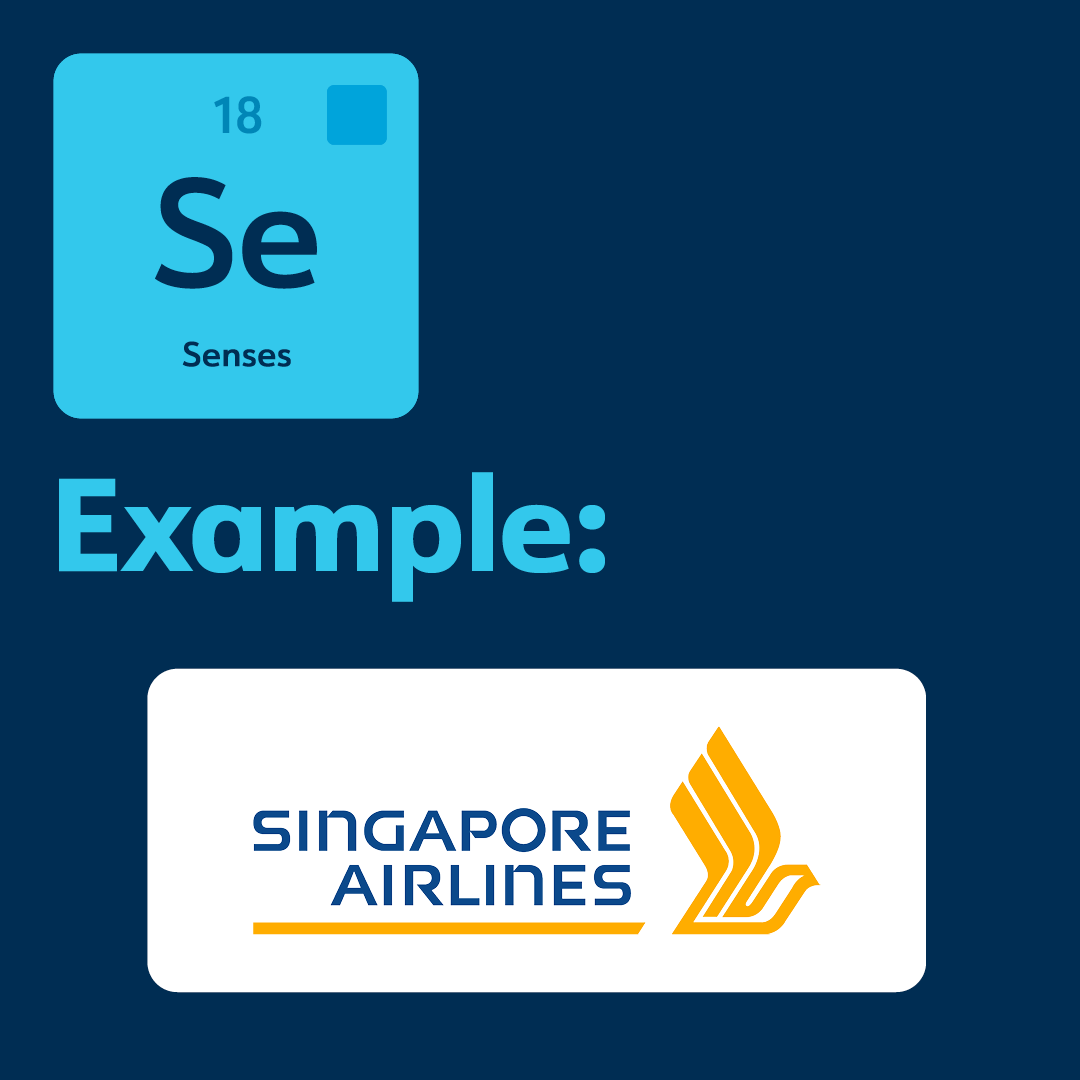
One easy way to create your objectives is to follow S.M.A.R.T. Objectives.
- Specific: You need to know what exactly you’re trying to accomplish
- Measurable: How will you know whether or not you’ve achieved your goal?
- Attainable: You need to have the resources and skills necessary to reach your goals
- Relevant: The goal needs to be relevant for your business and how it operates
- Time bound: You need a deadline for achieving your goal
Specific
Define what it is that you want to achieve, to who and how you plan on doing so.
Knowing your target audience can help you create branding objectives to reach, engage and impress potential and future consumers. Your target audience might encompass a variety of demographics, behaviors and traits, so it’s important to strategize how to make your brand appealing to all groups of people. An important part of this is knowing how portions of your target audience perceive your brand and how you would like them to see your brand. For example, you might create different branding objectives for keeping your loyal consumers than you would for attracting potential first-time customers.
Measurable
Brand objectives should be specific, action-based and measurable. Actionable and trackable goals make it easier for departments to monitor and evaluate the effectiveness of their branding objectives. If multiple employees or teams are working toward a branding objective, measurable goals can increase their cooperation and speed. You can consider using marketing metrics and key performance indicators (KPIs) such as lead generation, conversion rates or sales growth to measure brand objectives.
Once you have set your objectives, follow your brands progress toward those goals. Evaluate your progress both during and after your set timeline because it’s important to realize your brand objectives might change. You can continually work with team members to revise brand objectives based on changing data, marketing strategies and target audiences.
Attainable
A company with ambitions tends to have an easier time setting goals, as they know what they ultimately want their business to do and represent. However, it’s also important to balance your company’s ambitions with realistic expectations. For example, if your company wants to be recognized as a global brand but you’re currently based in one country, a branding objective that is both aspirational and realistic might be to increase your recognition in three other countries over the next quarter.
Relevant
Your marketing team likely already has an overall marketing strategy, such as increasing revenue, building brand recognition or connecting with more potential clients. You can create branding objectives that take your bigger marketing ambitions and turn them into smaller, more detailed steps. For example, if part of your marketing strategy was improving customer loyalty, you might target some of your brand objectives toward creating a loyalty rewards program.
Time-Bound
Branding objectives should have a definitive start and end date. If your brand objective contains multiple action-based steps, then consider giving each of those steps a deadline. Having deadlines can help your team organize its tasks by priority level so you can take measurable steps toward reaching your goals.If your key objective is set for 5 years, divide it into yearly objectives as well as quarterly for the first coming year.



